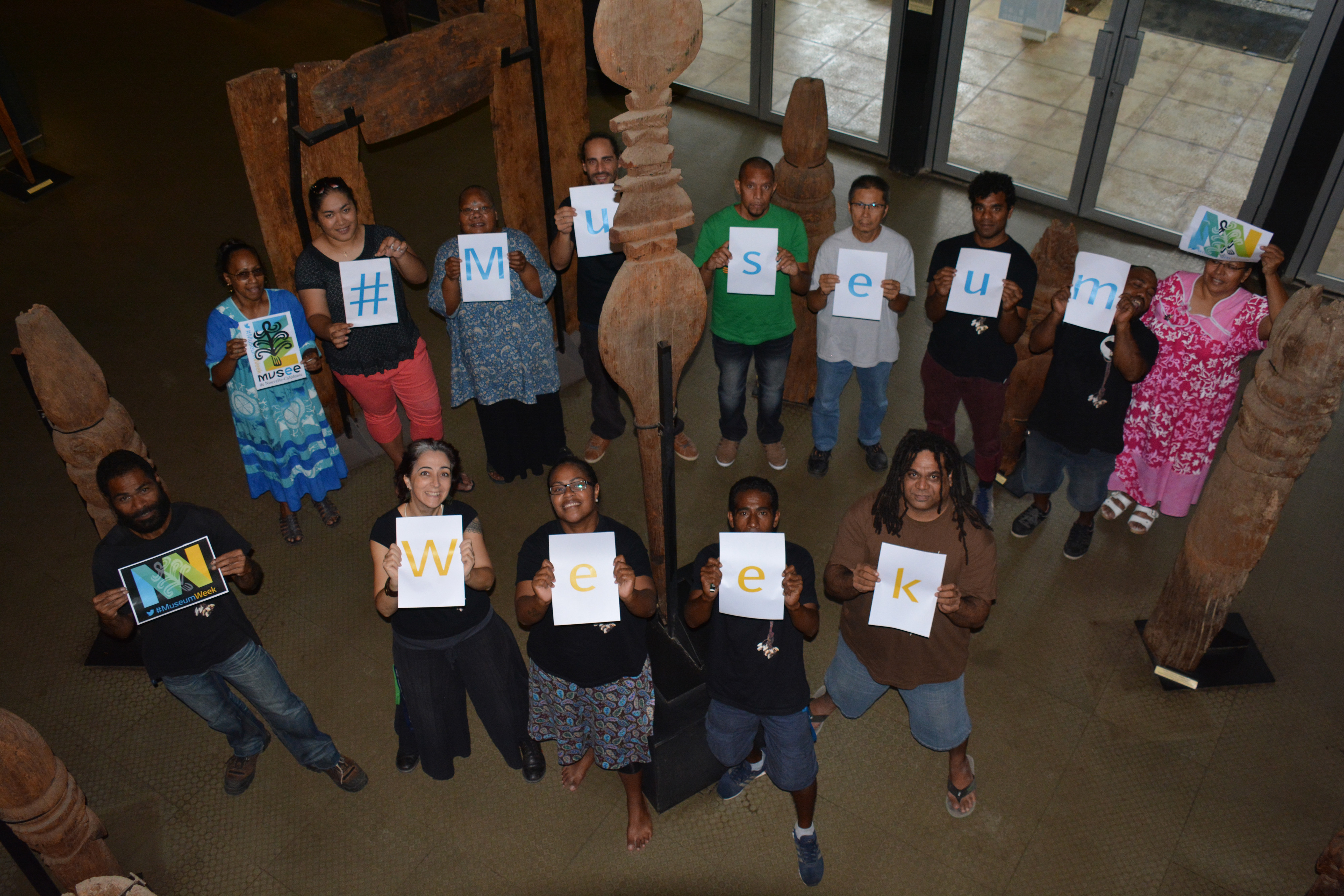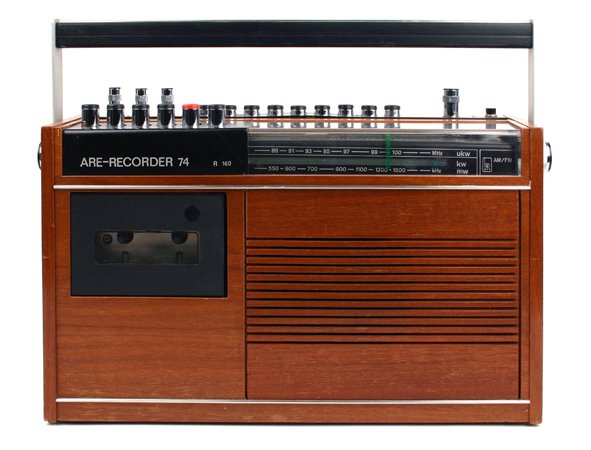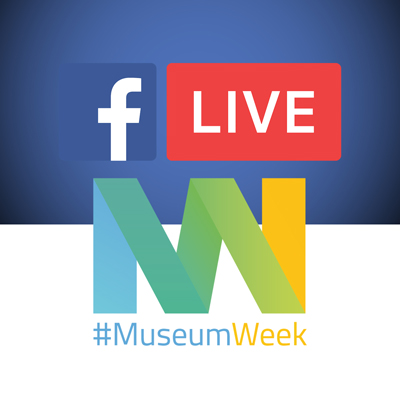#MuseumWeek is fast approaching! You may have no difficulty juggling hashtags, behind-the-scenes reports, photos and all the rest, but do you really know who you are? Every cultural establishment is unique, so it’s crucial not to lose sight of what’s so special about you. Your museum’s a treasure trove and it would be a great pity to limit yourself to generalities. The support centre is there to help you take a more detached look at your establishment: an overview of what makes up a museum’s DNA.
A place
Whether they’re old or new, the walls that hold your collections are at least as important as the exhibits. Your message will probably depend on your location: in the heart of the urban whirl or in a more rural setting. Historical monuments don’t have the same secrets or constraints as buildings designed by contemporary architects.
A collection
The reactor core! Expert or beginner, this must be your passion and connecting theme. You have no Mona Lisa? Well, that means you have a golden opportunity to talk to your visitors online and onsite about less clichéd and equally iconic works. Be sure to focus on both the benchmarks of your collection from a scientific point of view AND your team and visitors’ special favourites. Walk around the museum, note reactions and talk to your colleagues who work in the public areas.
A history and a heritage
We all love histories and tales. Behind your museum, there may have been a gifted amateur, an extraordinary archaeological find or a government decision. You and your colleagues are heirs to this past, so make sure you tell people about it.
Area or network roots
Behind one museum there may lie another. You’re part of an ecosystem that includes your environment (city, region, etc.) and, beyond that, an entire network of partner establishments or ones whose collections have a connection with yours.
‘Brand’ image
Ah, the b-word! Think again: museums and marketing aren’t implacably opposed. Communication tools can be precious assets when you want to sum up your establishment in a tweet. Make sure you explore the concepts behind your logo and associated hooks. Those graphic and verbal tools are often the result of a great deal of research and reflect an outside view of the museum.
Visitors
Without the public, museums would be great deserted warehouses. However, the idea isn’t to chase after turnover or followers. The most important thing is being aware of who is visiting you onsite or online and understanding the motivations of these regular or passing callers. A visitor-monitoring system, a field survey, a brief examination of the list of your latest followers or a few lines on your establishment’s scientific and cultural project: all these things will provide clues to ensure you aren’t just talking to yourself during #MuseumWeek.
Keep all this in mind when you pick up your virtual pen, your participation will be all the more proactive and relevant. How can you train between now and Monday, when #MuseumWeek gets underway? Practise your ‘elevator pitch’ (an efficient, concise presentation of your museum lasting no longer than you might spend in a lift) on the people around you. If you can keep it down to 45 seconds, then you can do it in 140 characters. 😉
Article presented by the ‘Empowerment and Teaching’ centre, conducted by Claire Séguret and Audrey Defretin and updated by Louis Jaubertie



